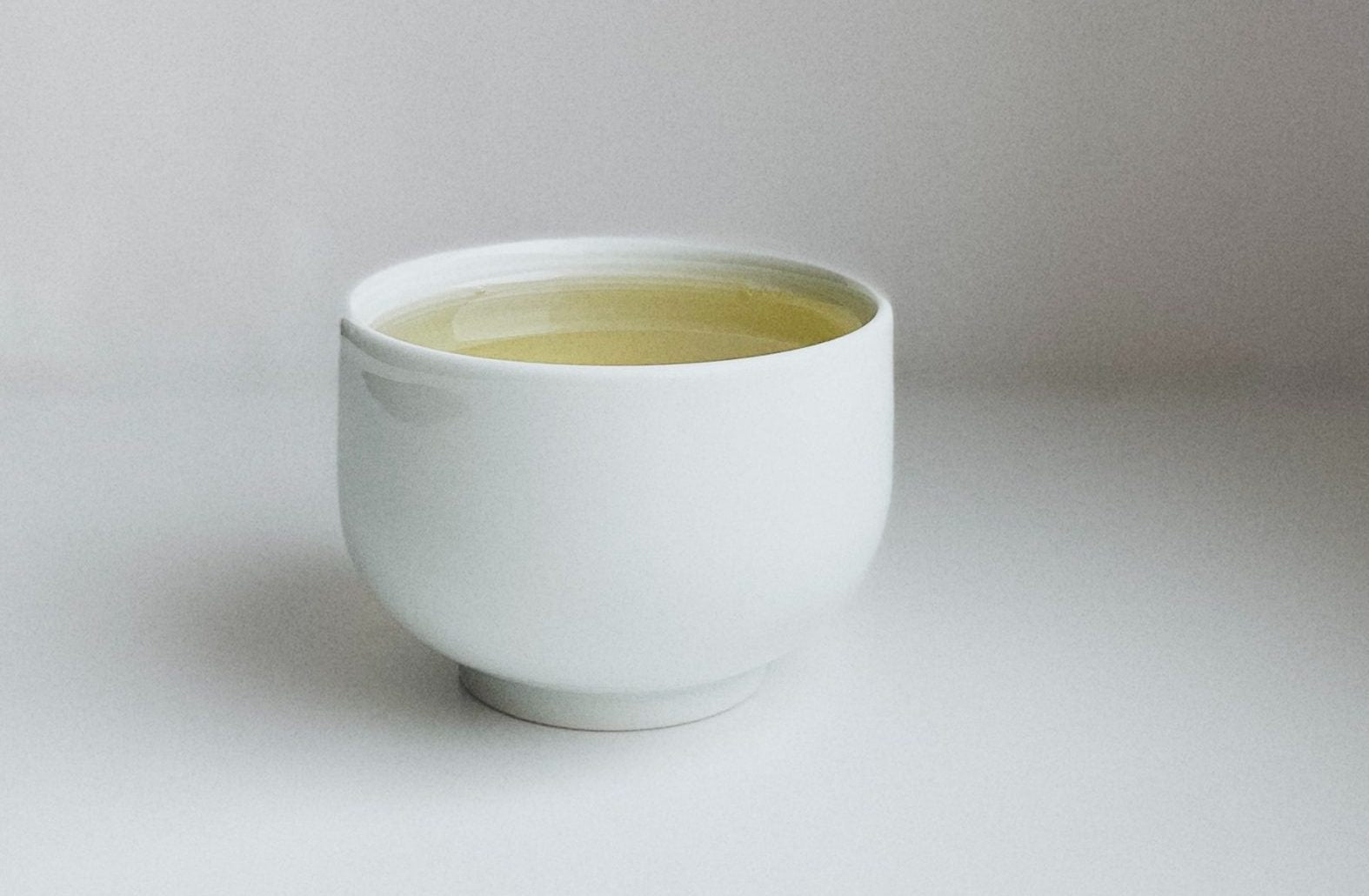
What’s White Tea? Let’s Learn Some Famous White Tea!
The first written records of white tea appeared in Tian’s Zhuquan Xiaopin in 1554: “Making tea with fire is second best. It is far more natural to make tea with sun. Pure and bright. Lovely to drink.” As we can see in the written records, the processing progress of white tea does not include green killing. White tea is only processed by the sun. The major techniques of white tea are picking, withering and drying. The main types of white tea are Silver Needle, White Peony, Tribute Eyebrow, Noble Eyebrow, Aged White Tea, etc.
Silver Needle
In 1857, the Fuding Dabai tea plant, native to Fuding’s Taimu Mountain, was successfully cultivated. Its enormous buds and white hairs make it ideal for making Silver Needle. In 1885, Silver Needle production started in Fuding County. It instantly began selling for 10 times more than its predecessor. Now the Silver Needle is twice the size of the product produced in previous times and it is downier. Silver Needle is processed from all bud materials.
White Peony
White Peony is made from buds with two leaves on one bud. It is harvested in mid-April after the buds with one leaf on one bud have been gathered for Silver Needle. It is fruitier and darker than Silver Needle and it is not as strong as Noble Eyebrow. The White Peony of the finest quality should have a shimmering clear infusion with a delicate lingering fragrance and a fresh, mellow, sweet taste devoid of astringency and grassy flavors. White Peony is often preferred by white tea drinkers for its fuller flavor and greater potency than the Silver Needle.
Tribute Eyebrow / Noble Eyebrow
Both Tribute Eyebrow and Noble Eyebrow are processed from leaves harvested after White Peony. These leaves are deemed unsuitable to be processed as Silver Needle or White Peony. The difference between the two is that Tribute Eyebrow is processed from leaves of a higher grade than Noble Eyebrow. Because they are both more oxidized, due to being harvested later in the season, they take on a darker color and bolder flavor. They are both often used in compressed white tea cakes.
Aged White Tea
White tea continues to oxidize very nicely during storage. The longer they are stored, the richer and mellower they will be. There is a famous saying about aged white tea in China: one-year tea, three-year medicine, seven-year treasure.
Some text and pictures are from other sources. If there is any infringement, please contact us.
Share

































































